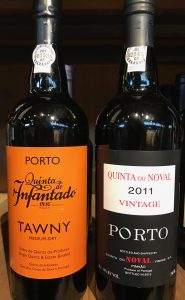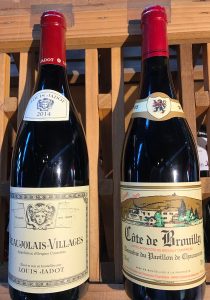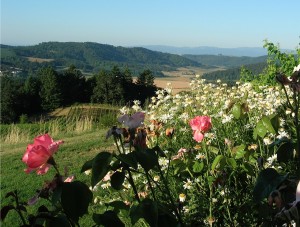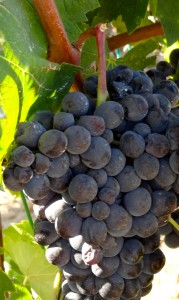Wine: only slightly more complicated than quantum mechanics
February 21, 2017 by John BrownI was asked the other evening to expound on the qualities of a particular grape grown in a number of different geographic wine regions around the world. How did it differ in taste and quality from one appellation to another? Good question, right?
Things seemed to be going well as I began to describe the qualitative differences in terms of not only the taste and aroma of the wine, but also how climate and soil affected the finished product. So when I mentioned that this particular grape flourished in places like California, France and Australia, my friend asked: “How does the wine made from that same grape in Israel compare to the others?
Huh? To my knowledge, I assured her, that grape is not widely planted in Israel. “No”, she insisted, “I just read how wine produced from that grape in Israel is similar in style and substance to what is made in California.”
The grape we were discussing is syrah (which the Australians call shiraz) and I could tell from her disappointed look that my wine credibility had taken a serious hit. Could they really be growing syrah now in Israel?
I asked my friend to spell the grape in question and she did so correctly without hesitation. However, she also added the word “petite” before spelling syrah. Ah, now I understood. The pronunciation of sirah (seer-ah) is the same as syrah, thus the misunderstanding. And, indeed, petite sirah is produced in Israel’s emerging wine regions. But, of course, petite sirah is a completely different grape than syrah.
Holy obfuscation! There can’t be any other product that is more difficult to understand than wine. Maybe quantum mechanics, but I doubt it. To start with, much of the language – even on American wine labels – is foreign (i.e., “cabernet sauvignon, merlot, syrah, etc.). And when some of the so-called wine-illuminati use terms like ethereal, orgasmic or unctuous to describe “Uncle Amos’ Purple Mountain Majesty,” normal folks- who would like to learn a little more about wine – are left scratching their heads.
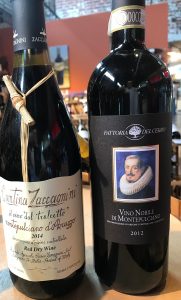
And unless you’re studying to be a sommelier, you probably wouldn’t know that “Vino Nobile di Montepulciano” (which is from Tuscany and comprised of at least 70 percent sangiovese) is a totally different wine from “Montepulciano d’Abruzzo.” This latter wine is from the state of Abruzzo and is produced from the montepulciano grape.
Confused? You should be. And while it can be maddening to someone who just wants to find a good bottle of wine to accompany their meatloaf and mashed potatoes, it can also be fascinating for wine geeks like me who enjoy nothing better than translating that bewildering gibberish for you.
So here are four different and delicious examples of wines representing the confusing language discussed above. I think you’ll like them and I promise to use common words to describe them.
2010 Terre Rouge Cotes de l’Ouest Syrah ($22) – This California wine is full of bright cherry and spicy black pepper flavors. Unlike some new world full-throttle syrah’s, this one is medium -bodied and similar to a northern Rhone wine. This would be lovely with a spicy casserole of Chicken Cacciatore.
2014 Boogle Petite Sirah ($14) – There is nothing subtle about this inky purple monster, but it is still very well balanced with gobs of black and blueberry flavors and just enough acid to make it an excellent food wine. Try it with a hearty, garlicky beef stew dusted with a generous portion of coarsely ground black pepper.
2012 Fattoria dell Cerro Vino Nobile di Montepulciano ($27) –You will need a glass of this delicious wine after trying to pronounce it! A nose of flowers, cola and mint is followed by notes of black cherries, vanilla and spice on the palate. Match this delicious wine with a crown roast of pork that’s been rubbed with olive oil, sage, black pepper and minced garlic.
2014 Cantina Zaccagnini Montepulciano d’Abruzzo ($22) – Another tongue-twister, this wine bursts with sweet and sour cherry flavors along with nuances of cinnamon and tea. Round and rich, but with a good zing of acid, marry this baby with roasted or grilled lamb chops that have been marinated in lemon juice, Dijon mustard, garlic, olive oil and rosemary.


